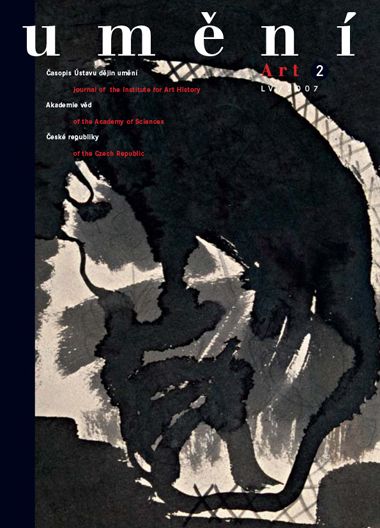Martin Germ
Leonardo's Vitruvian Man, Renaissance Humanism, and Nicholas of Cusa
Leonardo's Vitruvian Man has usually been treated in the context of studies of ideal proportions, although the symbolism of micro- and macrocosms should also be taken into consideration. The idea of Man as the centre of the universe was a common feature of Renaissance humanism, but it was Nicholas of Cusa who applied the symbolic relationship of the square and the circle to a humanistic definition of Man's unique position in the universe and his human dignity. According to Cusa's theory of the coincidence of opposites, it is in Man that the finite and the infinite coincide. Cusanus invented several metaphors to illustrate his theory - the most interesting one based on proportion that holds between the square and the circle. Man is subject to all the limitations of the physical world, declares Nicholas of Cusa (and its therefore inscribed into a square, a symbol of the world), yet the inexhaustible power of his creative spirit (indicated through the circular motion of the human body forming the circle) simultaneously lifts him above those limitations. Leonardo's study of human proportions clearly reflects this specific relationship: when standing firmly the figure is inscribed in a square, but when rotated the man´s outstretched limbs form a circle. As Leonardo was familiar with at least some of Cusa's ideas, there is a strong possibility that his Vitruvian Man in its monumental simplicity and its expression of dignity also reflects the philosopher's concept of dignitas hominis.
Full-text in the Digital Library of the Czech Academy of Sciences:
https://kramerius.lib.cas.cz/uuid/uuid:1220e81f-4fcd-4983-8e8b-f3dc9abfed1e
< back

